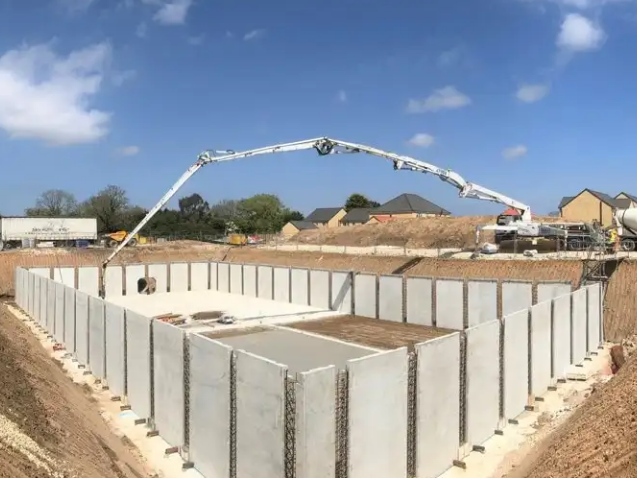Three Simple Tips to Prevent Stormwater Runoff Pollution
While rain brings cheers to the face of most
people in the world, heavy rainfall brings gloom to urban dwellers. As cities
face a scarcity of pervious surfaces, the rainwater does not get managed naturally.
While most cities comprise a stormwater drainage system to carry away the
rainwater falling on the impervious surfaces to the nearby drainage system, it
often fails to work in case of heavy rainfall. As a result of this, there is a
flood and non-point source solution. No doubt, the government takes many
measures to prevent these adverse situations. But as a citizen, we should all
take some measures to deal with flood and stormwater pollution. In this
write-up, we have shared some simple tips to reduce stormwater pollution.
1. Install a
stormwater attenuation plant
A stormwater attenuation system comprises a
tank and a flow control device that together help in managing the volume and
flow of stormwater from a residential or commercial property to the main
drainage system. The stormwater attenuation tank can be
installed underground. Therefore, you need not worry about sacrificing your
outdoor space. By collecting the entire rainwater falling on the campus into a
stormwater attenuation tank, you can manage its quality. Therefore, you can
ensure that dirty water is not discharged to the nearby stormwater drainage
system.
2. Prevent
dumping anything into the storm drains
To prevent stormwater pollution, you should
prevent dumping any waste material into the stormwater drains. You should also
avoid draining away wastewater from your house to the storm drains. Also, you
should prevent washing your cars on the lawn as the wastewater will be finally
diverted to the storm drains. Otherwise, the phosphates from the
car washing soaps can also cause excess algae growth in the waterways.
3. Implement
green infrastructure practices
Both green plants and soil are excellent
water filters. When water passes through them, they absorb most of the
pollutants present in it. Therefore, you should implement green infrastructure
practices, such as bioswales, green roofs, planter boxes, and downspout
disconnection. By covering most of the bare outdoor space with mulch or
vegetation, the rainwater falling on your campus can be filtered before being
drained away to the storm drains. Moreover, these practices also help in
restoring the natural hydrological balance.
Conclusion- To prevent stormwater pollution
in urban areas, you should install a stormwater attenuation plant into your
residential or commercial campus. Moreover, you should ensure that waste
material is not dumped into the storm drains directly. Last but not least, you
should implement green infrastructure practices as they help in filtering the
water before being drained to the stormwater drainage network.


Comments
Post a Comment